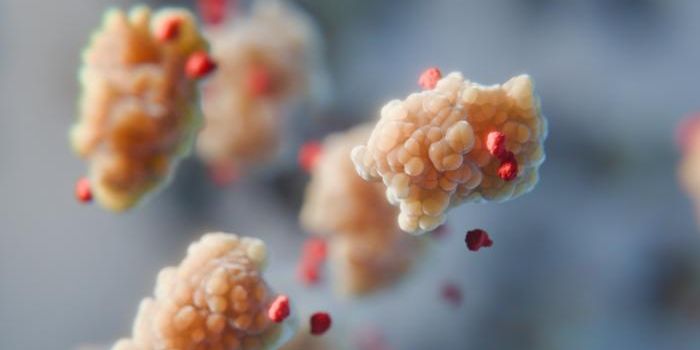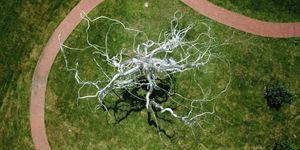Unraveling the mystery behind electro-convulsive therapy
A team of researchers at the University of California – San Diego have published findings from a study that sheds new light on a mysterious though often controversial treatment: electro-convulsive therapy. The team’s findings about help explain how the treatment works: and when and where it could be useful. The study is published in two separate articles in Translational Psychiatry.
Electro-convulsive therapy, or electro shock therapy, is a type of treatment that uses electricity to initiate small seizures. It has long been viewed with controversy. When you hear the name “electroshock therapy,” you no doubt conjure up images of people laying strapped to a bed, shaking and contorting as electricity courses throughout them.
It may “shocking,” then, to learn that this treatment approach is still around and still very much in use, particularly for mental health conditions like depression, schizophrenia, and bipolar disorders. However, modern day electroshock procedures are much more heavily regulated, with the procedure using far more controlled bursts of electricity while patients are under anesthesia. And the results have often been positive, with an overwhelming majority of patients who receive this treatment seeing a positive response. It can also be a powerful alternative to medication treatment. These outcomes, of course, are often paired with other side effects, such as cognitive issues. This type of treatment also requires extensive follow-up.
What has remained puzzling to clinicians and researchers, however, is why this type of treatment is effective. The studies published in Translational Psychiatry may have an answer.
Using electroencephalography (EEG) scans, researchers studied and monitored the brain activity of people who underwent electro-convulsive therapy as well as patients who underwent a similar type of therapy, called magnetic seizure therapy. Researchers found that in both types of treatment, patients had higher levels of Aperiodic activity, which researchers liken to “background noise” in the brain. This type of activity can help with regulating the activity of neurons turning on and off, which can also help with regulating brain activity.
Researchers hope that by better understanding how this type of therapy works, they can design new ways to improve the safety and efficacy of it. More research is needed to explore the connection between aperiodic activity, electro-convulsive therapy, and how it can optimize this treatment of certain patients.
Sources: Science Daily; Translation Psychiatry 1; Translational Psychiatry 2








